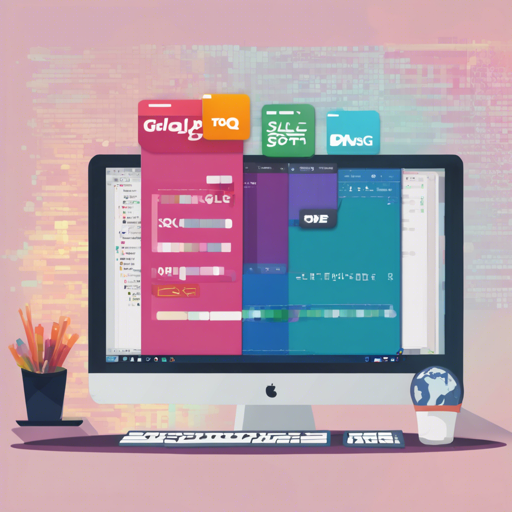In the fast-paced world of software development, writing tests for your database interactions can often seem daunting. Enter sqlmock, a powerful library designed specifically for Golang that allows developers to simulate SQL driver behavior without needing a real database connection. This can significantly streamline your test-driven development (TDD) workflow. In this article, we will explore how to use sqlmock effectively in your projects.
Installation
To get started with sqlmock, you first need to install the library. You can do this easily using the following command:
go get github.com/DATA-DOG/go-sqlmockGetting Started
Once you have installed sqlmock, you can start by creating a mock database connection in your code. Here’s how to do it:
package main
import (
"database/sql"
"github.com/DATA-DOG/go-sqlmock"
"log"
)
func main() {
db, mock, err := sqlmock.New()
if err != nil {
log.Fatalf("an error %s was not expected when opening a stub database connection", err)
}
defer db.Close()
// Your code goes here, using db
}Testing with sqlmock
As a creative analogy, think of sqlmock as a movie director who directs actors (your database actions) without the need for a real movie set (an actual database). This allows you to create various movie scenes (test cases) without being hindered by real-world constraints. Here’s how you can utilize sqlmock in your test methods:
- Successful Test Cases: You can set expectations for your SQL commands, similar to directing actors to perform their roles.
- Failing Test Cases: You can simulate errors, making your tests resilient to unexpected conditions.
Example of a Successful Test Case
func TestShouldUpdateStats(t *testing.T) {
db, mock, err := sqlmock.New()
if err != nil {
t.Fatalf("an error %s was not expected when opening a stub database connection, %s", err)
}
defer db.Close()
// Set expectations
mock.ExpectBegin()
mock.ExpectExec("UPDATE products").WillReturnResult(sqlmock.NewResult(1, 1))
mock.ExpectExec("INSERT INTO product_viewers").WithArgs(2, 3).WillReturnResult(sqlmock.NewResult(1, 1))
mock.ExpectCommit()
// Execute your method
if err = recordStats(db, 2, 3); err != nil {
t.Errorf("error was not expected while updating stats: %s", err)
}
// Check if expectations were met
if err := mock.ExpectationsWereMet(); err != nil {
t.Errorf("there were unfulfilled expectations: %s", err)
}
}Example of a Failing Test Case
func TestShouldRollbackStatUpdatesOnFailure(t *testing.T) {
db, mock, err := sqlmock.New()
if err != nil {
t.Fatalf("an error %s was not expected when opening a stub database connection, %s", err)
}
defer db.Close()
// Set expectations
mock.ExpectBegin()
mock.ExpectExec("UPDATE products").WillReturnResult(sqlmock.NewResult(1, 1))
mock.ExpectExec("INSERT INTO product_viewers").
WithArgs(2, 3).
WillReturnError(fmt.Errorf("some error"))
mock.ExpectRollback()
// Execute your method
if err = recordStats(db, 2, 3); err == nil {
t.Errorf("was expecting an error, but there was none")
}
// Check if expectations were met
if err := mock.ExpectationsWereMet(); err != nil {
t.Errorf("there were unfulfilled expectations: %s", err)
}
}Troubleshooting
If you encounter issues while working with sqlmock, consider the following troubleshooting ideas:
- Ensure that you are correctly defining and checking your expectations.
- Review your SQL commands to make sure they match the expectations you have set.
- If your tests fail, ensure that both success and error scenarios are properly accounted for.
- Make sure your Go environment is correctly set up to use the sqlmock package.
For more insights, updates, or to collaborate on AI development projects, stay connected with fxis.ai.
Final Thoughts
At fxis.ai, we believe that such advancements are crucial for the future of AI, as they enable more comprehensive and effective solutions. Our team is continually exploring new methodologies to push the envelope in artificial intelligence, ensuring that our clients benefit from the latest technological innovations.

